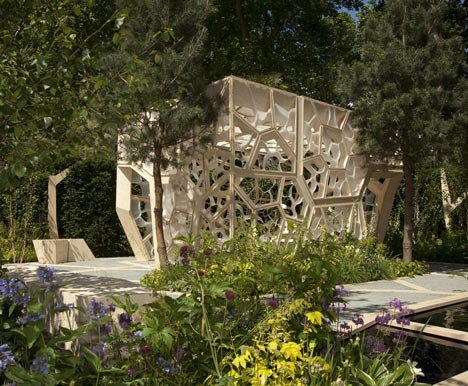
Garden pavilion in London by NEX architecture
At the grounds of the Royal Hospital in London's Chelsea district, the Chelsea Flower Show, the largest of its kind in England, takes place once a year over five days. At this event, approximately thirty unique gardens are created by renowned designers. Traditionally, garden pavilions are placed in each garden, whose architectural and structural qualities rarely deserve wider attention. However, at the last exhibition, a pavilion from the London studio NEX architecture was installed in a garden by Marcus Barnett. The theme of their garden was the significance of plants for science and society. The authors also wanted to showcase the symbiotic relationship between humans and plants. Alan Dempsey from NEX architecture said of their project: “We wanted to further elaborate on these ideas, and thus the structural framework of our pavilion is directly derived from the cellular structure of leaves. The arrangement is based on a computer algorithm mimicking the natural growth of plants. Visitors can encounter a biological structure here, which is, however, unusually enlarged.” The resulting wooden pavilion resembles an assembled dried leaf made up of 'capillary networks' of various profiles. The cavities of the thick wooden beams are filled with sand to weigh down the pavilion and better withstand gusts of wind. The roof and parts of the walls are covered with a transparent foil to prevent rainwater from entering the pavilion while maintaining its transparency. The flower exhibition has now ended, but the pavilion was reassembled in June at the Royal Botanic Gardens, where it is expected to remain until this December.
More information >
More information >
The English translation is powered by AI tool. Switch to Czech to view the original text source.
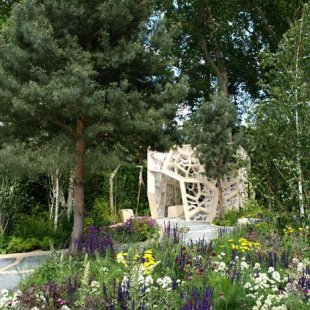
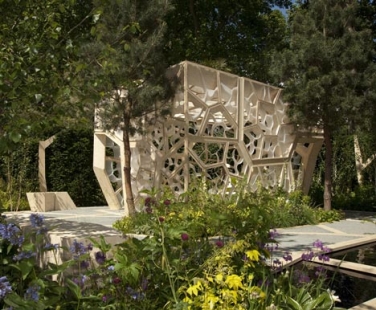
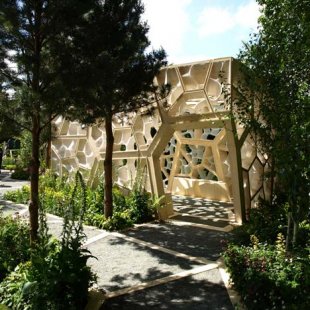
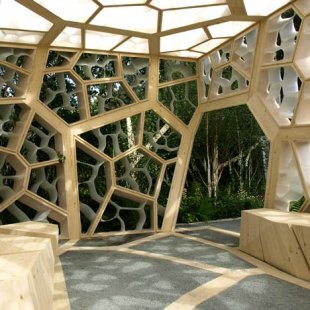
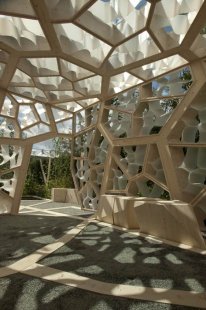
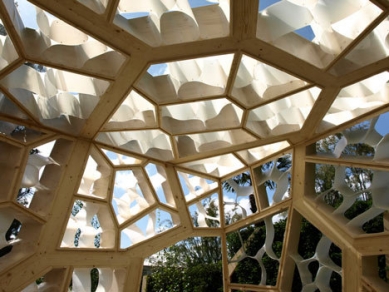
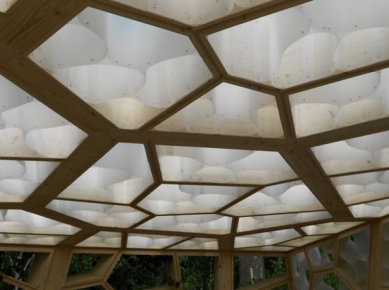
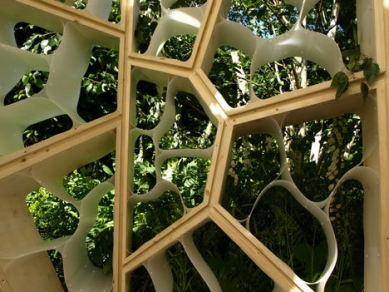
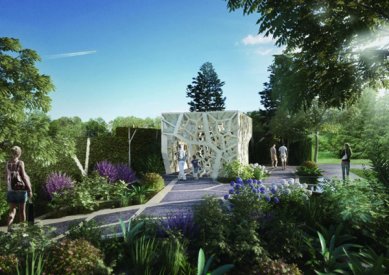
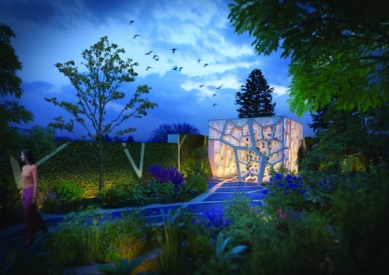
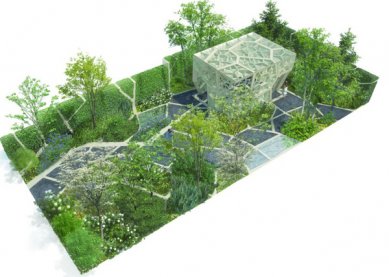
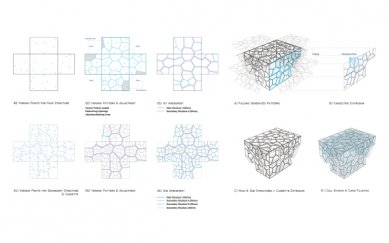
0 comments
add comment















